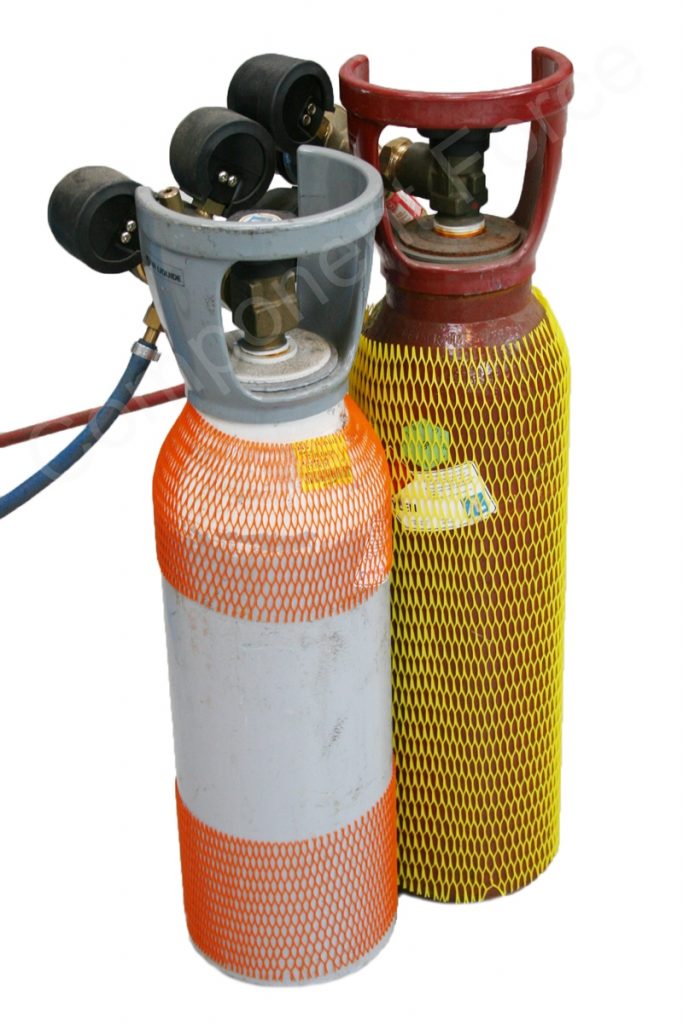Everything about gas cylinders
Last Updated on 1 year by Lajos SZABÓWe collected all information about gas cylinder production, parts, certifications, accessories and everything what is connected to this topic. We hope you will find what you are looking for.















